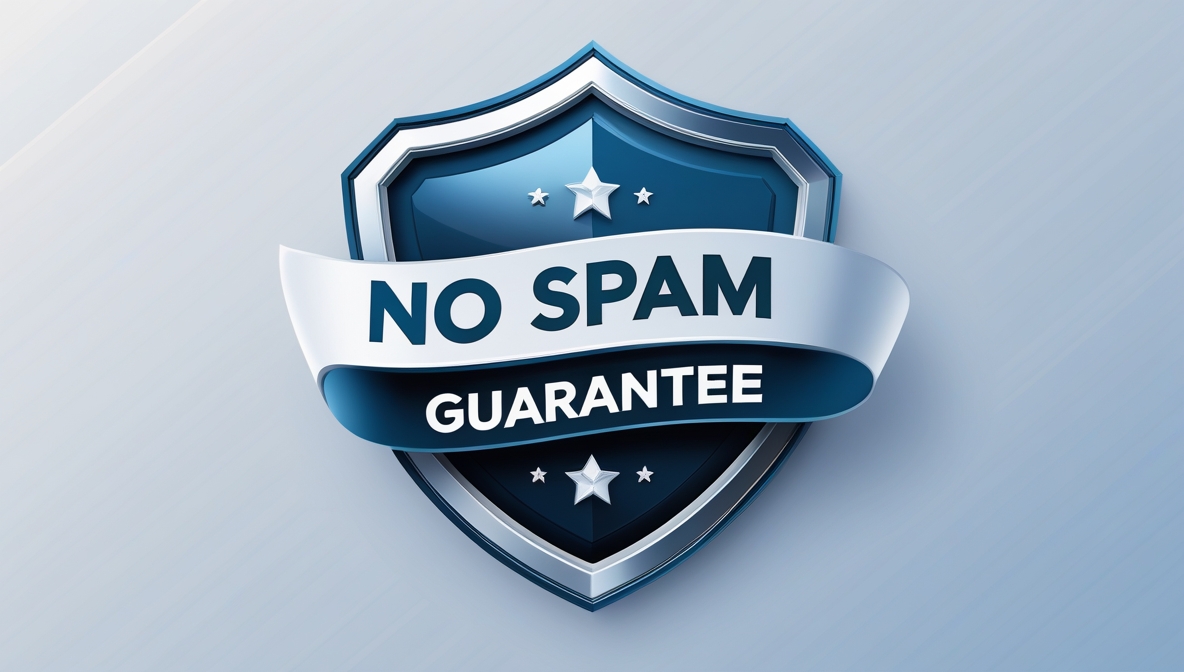Enterprise architecture (EA) is a critical discipline that aligns an organization’s strategy with its technology infrastructure, enabling the effective and efficient achievement of business goals. Although integrating multiple perspectives into a cohesive model can be challenging, ensuring that all aspects of the organization’s architecture work in harmony is essential. This comprehensive analysis introduces a unified approach to enterprise architecture, presenting five key activities that create a robust organizational transformation and optimization framework.
Enterprise architecture often involves various models and frameworks offering unique insights and methodologies. Leading sources like Burk, Lapalme, and Hite have contributed valuable perspectives on EA, focusing on different levels and viewpoints. The Project Management Institute's PMBOK also provides essential project, program, and portfolio management guidelines. By synthesizing these diverse perspectives, this analysis offers a unified model that enhances the understanding and implementation of enterprise architecture.
Despite the abundance of frameworks and models, organizations frequently struggle to integrate these disparate approaches into a cohesive strategy. This fragmentation can lead to inefficiencies, misalignment between IT and business objectives, and suboptimal resource utilization. Without a unified approach, organizations risk missing out on the full benefits of enterprise architecture, such as improved strategic alignment, enhanced decision-making, and better governance.
Fragmentation in enterprise architecture leads to significant challenges. Misalignment between different parts of the organization can cause delays in project execution, increased costs, and reduced agility. Inconsistent implementation of architectural principles can result in duplicated efforts, conflicting priorities, and an inability to respond effectively to changing business environments. These issues hinder organizational performance and diminish the return on investment in enterprise architecture initiatives.
This analysis proposes a unified view of enterprise architecture structured around five essential activities: enterprise integration, segment architecture, solution architecture, governance, and reflective self-improvement. By integrating these activities, organizations can achieve a holistic approach that aligns IT with business strategies, optimizes resources, and drives continuous improvement. The model emphasizes the importance of governance and reflective practices, ensuring that all architectural activities are interconnected and continuously evolving to meet organizational needs.
In conclusion, adopting a unified approach to enterprise architecture can significantly enhance an organization’s ability to achieve its strategic goals. This approach addresses the fragmentation issues that often plague enterprise architecture initiatives by synthesizing various perspectives and models into a cohesive framework. The proposed model provides a comprehensive solution, enabling organizations to align their IT and business strategies, optimize resource utilization, and foster continuous improvement. Embracing this unified approach will lead to better decision-making, enhanced organizational performance, and a more substantial technology alignment with business objectives.
Main Contents
- Introduction to Enterprise Architecture: Overview of the importance of enterprise architecture in aligning technology infrastructure with business strategy to achieve organizational goals.
- Analysis of Existing Models: Examination of various models and frameworks from leading sources like Burk, Lapalme, Hite, and PMBOK, highlighting their unique perspectives and contributions to enterprise architecture.
- Challenges of Fragmented Approaches: Discussion on the difficulties organizations face when trying to integrate disparate architectural models, including misalignment, inefficiencies, and suboptimal resource utilization.
- Unified Model of Enterprise Architecture: Presentation of a unified view of enterprise architecture, structured around five essential activities: enterprise integration, segment architecture, solution architecture, governance, and reflective self-improvement.
- Benefits of a Unified Approach: Explanation of how a cohesive framework enhances strategic alignment, optimizes resources, drives continuous improvement, and improves decision-making and organizational performance.
Key Takeaways
- A unified approach to enterprise architecture integrates multiple perspectives, ensuring all aspects of the organization's architecture work harmoniously.
- Fragmentation in enterprise architecture can lead to misalignment, inefficiencies, increased costs, and reduced agility.
- The unified model comprises five essential activities: enterprise integration, segment architecture, solution architecture, governance, and reflective self-improvement.
- Effective governance and continuous self-improvement are crucial for maintaining alignment and evolving the architecture to meet organizational needs.
- Adopting a unified approach enhances strategic alignment, optimizes resource utilization, and improves overall organizational performance and decision-making.
CIOs and IT leaders are continually challenged to align IT initiatives with organizational goals, optimize resource utilization, and drive innovation. A unified approach to enterprise architecture (EA) provides a comprehensive framework to address these challenges by integrating various perspectives and activities into a cohesive model. This approach enables CIOs and IT leaders to implement effective strategies that enhance organizational performance and agility.
- Align IT with Business Goals: By adopting a unified approach to EA, CIOs can ensure that IT initiatives are directly aligned with the organization's strategic objectives. This alignment helps prioritize IT projects that offer the most significant business value and support overall organizational goals.
- Optimize Resource Utilization: The unified EA model facilitates better resource allocation by clearly identifying the interdependencies between different parts of the organization. This understanding helps CIOs allocate resources more efficiently, reducing waste and ensuring critical projects receive the necessary support.
- Enhance Decision-Making: A cohesive EA framework provides CIOs comprehensive insights into the organization’s architecture. These insights enable more informed decision-making, allowing IT leaders to identify potential risks, assess the impact of changes, and make strategic adjustments that drive business success.
- Improve Governance and Compliance: Including governance as a key activity in the unified EA model ensures that all architectural activities are conducted in a controlled and compliant manner. CIOs can use this approach to establish robust governance practices that ensure adherence to regulatory requirements and internal policies.
- Drive Continuous Improvement: Reflective self-improvement is critical to the unified EA approach. CIOs can leverage this activity to continuously evaluate and enhance their enterprise architecture practices, ensuring that the organization remains agile and responsive to changing business environments.
By utilizing a unified approach to enterprise architecture, CIOs and IT leaders can more effectively address the real-world challenges they face. This comprehensive framework aligns IT initiatives with business goals and optimizes resources, enhances decision-making, improves governance, and drives continuous improvement. Adopting this approach leads to a more agile, efficient, and strategically aligned organization.

